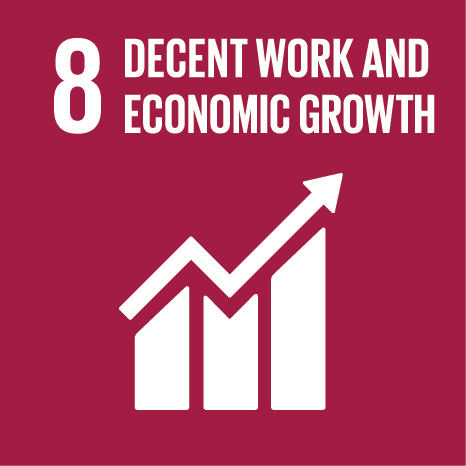Engaging age-diverse employees with job design: the roles of autonomy, feedback, and task variety
Event Title
15th European Academy of Occupational Health Psychology Conference
Year (definitive publication)
2022
Language
English
Country
France
More Information
Web of Science®
This publication is not indexed in Web of Science®
Scopus
This publication is not indexed in Scopus
Google Scholar
This publication is not indexed in Overton
Abstract
With the global population aging as never before (United Nations, 2019), workforces are becoming older and more age-diverse in most developed countries, with a steady increase in the proportion of workers aged 50 or over and a simultaneous decrease in the proportion of younger age groups entering the labor force (e.g., Eurofound, 2017; U.S. Bureau of Labor Statistics, 2006). With increasingly older and age-diverse workforces, organizations will need to redesign jobs to keep their workers engaged – i.e., physically, cognitively, and emotionally connected with their work roles (Khan, 1990). In the current research, we integrate lifespan development theories – specifically, socioemotional selectivity theory (Carstensen et al., 1999) and selection, optimization, and compensation theory (Baltes & Baltes, 1990) with job design (Hackman & Oldham, 1976) to investigate how certain job characteristics influence the work engagement of older and younger workers.
Specifically, in a two-wave field survey with age-diverse employees from multiple organizations (N=372), we explore how autonomy and feedback at work relate to engagement of older and younger workers, and how those relationships depend on the degree of task variety they have in their jobs. Results showed that both autonomy and feedback contribute more to the engagement of older employees when task variety is low than when task variety is high. Conversely, both autonomy and feedback contribute more to the engagement of younger employees when task variety is high than when task variety is low.
Our research responds to calls to re-investigate job design in the context of increased workforce aging (Grant et al., 2010) and to investigate the combined effects of multiple job characteristics on the work attitudes of older versus younger workers (Truxillo et al., 2012). The findings provide important theoretical implications for the study of job design and aging, and inform organizations on how they can (re)design their jobs to engage and leverage the potential of the multi-age workforce.
Acknowledgements
--
Keywords
workforce aging,job design,feedback,autonomy,task variety,work engagement
Fields of Science and Technology Classification
- Psychology - Social Sciences
- Economics and Business - Social Sciences
Contributions to the Sustainable Development Goals of the United Nations
With the objective to increase the research activity directed towards the achievement of the United Nations 2030 Sustainable Development Goals, the possibility of associating scientific publications with the Sustainable Development Goals is now available in Ciência_Iscte. These are the Sustainable Development Goals identified by the author(s) for this publication. For more detailed information on the Sustainable Development Goals, click here.

 Português
Português


